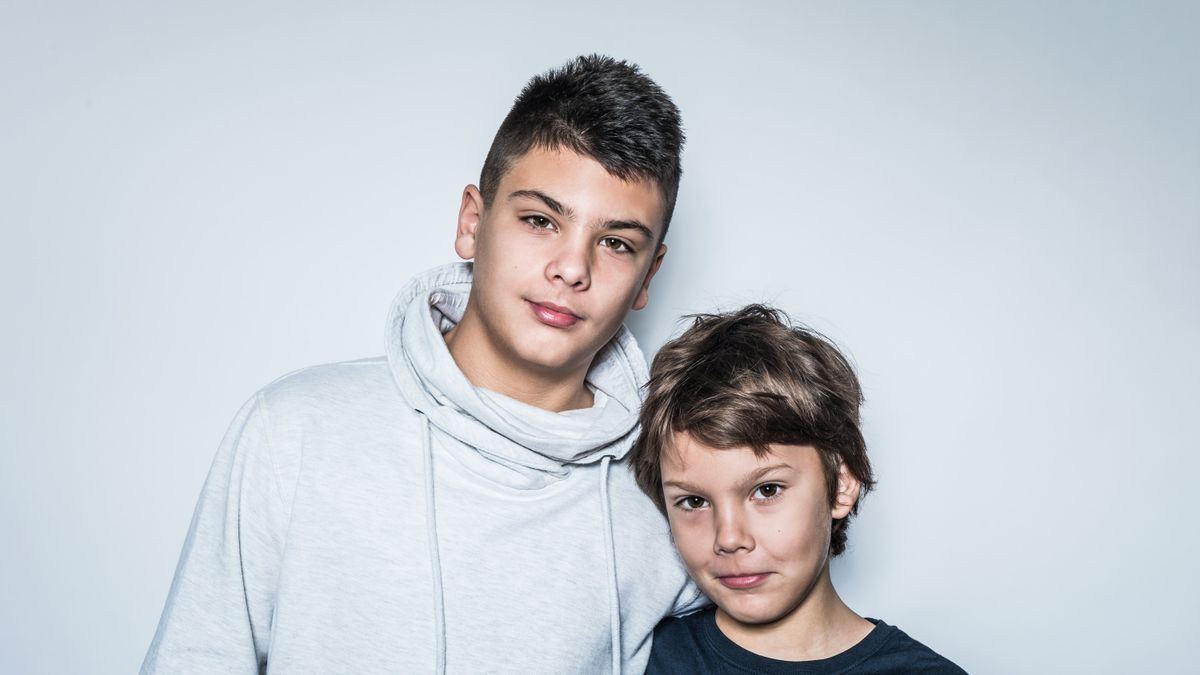Clinical
When parents are keen for myopia management - A clinical leader case study

Sponsored by
In this article:
Patient background
Brothers AB (aged 10) and BB (aged 12) attended for a myopia control assessment. Both parents were myopic, with their mother being -8.00D and their father being -3.00D. The mother's father had also suffered a retinal detachment. The family travelled from over 90 minutes away, and the last eye examination had been almost 12 months prior despite a 6 month recall being set in alignment with the International Myopia Institute Clinical Management Guidelines. At that prior examination, both boys were identified as pre-myopes with refractions around -0.25D. They had been counselled on managing visual environment and returning in a shorter follow-up time, but not been prescribed any visual correction at that time.
At the prior examination, myopia management options for the future had been discussed. Both parents felt well informed on myopia management and were keen to slow the rate of their sons' progression of myopia. The parents had also understood the link between retinal detachment risk and myopia. Various options for myopia management were discussed - as both boys were keen football and rugby players, and both parents are soft contact lens wearers, this was chosen as the preferred option.
Deciding on the myopia management option
Discussing the benefits of contact lenses for visual function and for sport, along with reviewing the expectations for slowing myopia progression, helped the parents make the decision. Given that both boys were very active participants in sport, this was a key factor in suggesting contact lenses as the preferred option. The boys were also very motivated to wear contact lenses as they were less interested in wearing glasses, especially having seen their parents as long-term contact lens wearers.
Parents' response to recommendations
The parents were very keen on myopia management as they were both myopic, and since the boys' maternal grandfather had suffered a retinal detachment, they were aware of some of the potential consequences of myopia. They were also informed on the increased risk of cataract, myopic macular degeneration and glaucoma as well, and how myopia management can reduce this risk across their sons' lifetime.
Being successful soft contact lens wearers themselves, this greatly increased parental confidence in the suggested option, and also gave the young boys confidence in being able to manage the new processes at home with their parents' support.
Key messages for the parents
The parents were very much on board from the start. They both understood at least some of the risks of myopia and were keen to be proactive to reduce the final level of their sons' myopia, due to dependence on glasses and family history of retinal detachment. Both parents felt very confident in their sons' ability to handle and successfully wear soft contact lens, and indeed the boys' application and removal session went very well.
Final treatment and feedback
Both siblings were fit with MiSight® 1 day contact lenses with prescriptions of R&L (OU) -0.75 for AB (age 10) and R (OD) -0.75 L (OS) -1.00 for BB (age 12). The boys were very happy with their clear vision and ability to play sport without glasses, and also appeared to embrace the message of these contact lenses working to slow their myopia progression over time.
Lynne's key learning points
- Having plenty of information about myopia and myopia management on the practice website was helpful, with the parents noting this information source in discussions.
- When it came to the contact lens assessment and fitting appointment, sending the parents a prior email detailing what to expect, with links to videos on contact lens handling, helped prepare the family for eventual fitting success.
- Close follow-up ensures that the process flows smoothly. The boys' had a call 5 days after the contact lens application and removal session to ensure that things were going well. It is also important to book an aftercare session after up to two weeks of wear, to ensure the treatment process stays on track.
Meet the Authors:
About Lynne Fernandes
Lynne is an Optometrist and Director of three Optometry practices in and around Bristol, UK. She introduced myopia management to the group in 2016 following the first myopia management day event at the British Contact Lens Association (BCLA) conference, and has been instrumental in myopia innovations across her practice group since. Lynne is also a Contact Lens Optometrist at the Bristol Eye Hospital and a Contact Lens Clinic Supervisor for third year Optometry students at the University of the West of England. Lynne was influential in establishing the dry eye clinics within her practices, is a regular contributor to clinical leader round table discussions with industry, and holds additional qualifications in Ocular Therapeutics, Glaucoma and Medical Retina.
This content is brought to you thanks to an educational grant from
FDA Indications for use (US only): MiSight® 1 day (omafilcon A) soft (hydrophilic) contact lenses for daily wear are indicated for the correction of myopic ametropia and for slowing the progression of myopia in children with non-diseased eyes, who at the initiation of treatment are 8-12 years of age and have a refraction of -0.75 to -4.00 diopters (spherical equivalent) with ≤0.75 diopters of astigmatism. The lens is to be discarded after each removal.
Enormous thanks to our visionary sponsors
Myopia Profile’s growth into a world leading platform has been made possible through the support of our visionary sponsors, who share our mission to improve children’s vision care worldwide. Click on their logos to learn about how these companies are innovating and developing resources with us to support you in managing your patients with myopia.











